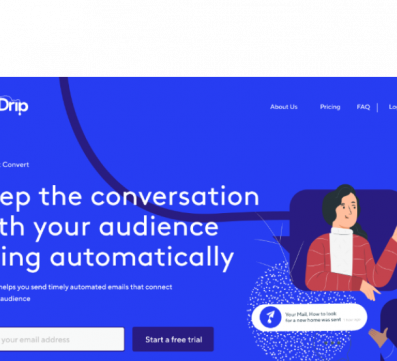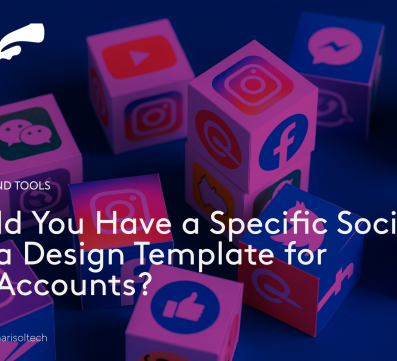Before we dive into tips that will help you validate your startup idea on a $1000 budget, it is important to understand what an MVP is, why you need one and pitfalls to avoid when building it. Having this knowledge will help you save time and money building a product liable to fail in the long run.
What’s an MVP?
An MVP is a basic version of your product concept with only core features and none of the bells and whistles. The purpose of an MVP is to test your product idea with your early set of users, in order to get feedback and see if your product is actually something people want to use.
Why you need one
Protect your idea from failing: Statistics show that many startups fail because they do not test their assumptions before bringing their finished product to the market. This is a no-brainer because nobody wants to pay for things they don’t want or need.
Save money by building a mini version of the product: Don’t invest a ton of cash in your untested idea! Rather, save that cash and invest in a product you have tested and proven that people are willing to pay for. An MVP allows you to build products with a simple basic feature that will help your users interact with it and see the value it provides, before spending money adding all the cool extra features
Get feedback from your users:
One way to get feedback is to ask potential users questions. However, the problem with this is that most people don’t know what they actually want. Henry Ford once said, “If I had asked people what they wanted, they would have said faster horses.” Steve Jobs said something similar, A lot of times, people don’t know what they want until you show it to them.”. With an MVP, you’re not asking people what they want but observing what they actually do.
Pitch ideas to potential Partners and Investors: After getting user feedback, your MVP scope may increase. You may need financial assistance through gifts, equity or loans. MVP can help you in explaining how users interact with your product and gain value from it. It can also demonstrate the financial viability in terms of how many users you have, how many have paid to use the service and future monetization strategies.
Avoid MVP Pitfalls that eat up your budget
Adding to the core functionalities: The word minimum in MVP is there for a reason. Sticking to the main features users need to get the needs met is enough for you to gather the necessary feedback needed to prove your product’s viability. It’s best to sort out feature ideas on met is paper into core functions and non-core functions for better direction. Non-core functions can be decided on, using the feedback from users.
Over-focusing on design: A well-designed product that is not usable is as good as nothing. It’s best to focus on those features that help users interact with your product rather than the overall design for now. This helps you save a ton of money. Designs can be changed over time once you get your hands on your customers’ cash.
Launching a product with bugs and errors: If your users cannot accomplish their basic tasks, it not only frustrates them but also your efforts of getting the required feedback. Ensure all functions are error free and good to go.
Tips for staying within a $1,000 Budget
Step 1. Do a Pre MVP test: One thing you should know is that there are other ways to test your product idea before building your MVP. The good news is that you can make use of simple tools like videos, mockups, paid ads, Facebook groups or business pages, and landing pages to explain the benefits of your product or services to your target audience. Good feedback will give you the confidence to build your MVP. Remember to add a call to action like pre-order, subscribe now or fill a form to collect their information like if they are interested. This will help you track how much people engage with your product idea.
Step 2. Build a web interface with a dumb backend: A simple web interface design can buy you the time you need to build a complete MVP by enabling you to handle some automated processes manually just as Zappos did. To test if people would buy shoes online, Zappos posted pictures of shoes from local stores and went on to buy the product at the stores when someone made a purchase. You can easily set up a few simple pages that collect the necessary information from the users and have the data sent to you via email or a form response for manual processing.
Step 3. Find a Co-Founder: For more technical areas, you can look for a programmer in your network or on sites like angel.co who can share your vision to partner with. This can help bring down your spending to hosting fees and other necessary paid services. It may cost you some equity but we believe it’s a good way of taking action to bring your idea to reality.
Ready to validate your startup idea?
Understanding how to use a minimal viable product to validate your startup idea validation can help you reach your potential users, understand their requirements and get the necessary data to make smart decisions without breaking the bank (depending on your MVP scope).
Answer these questions for a free consultation on your MVP.




